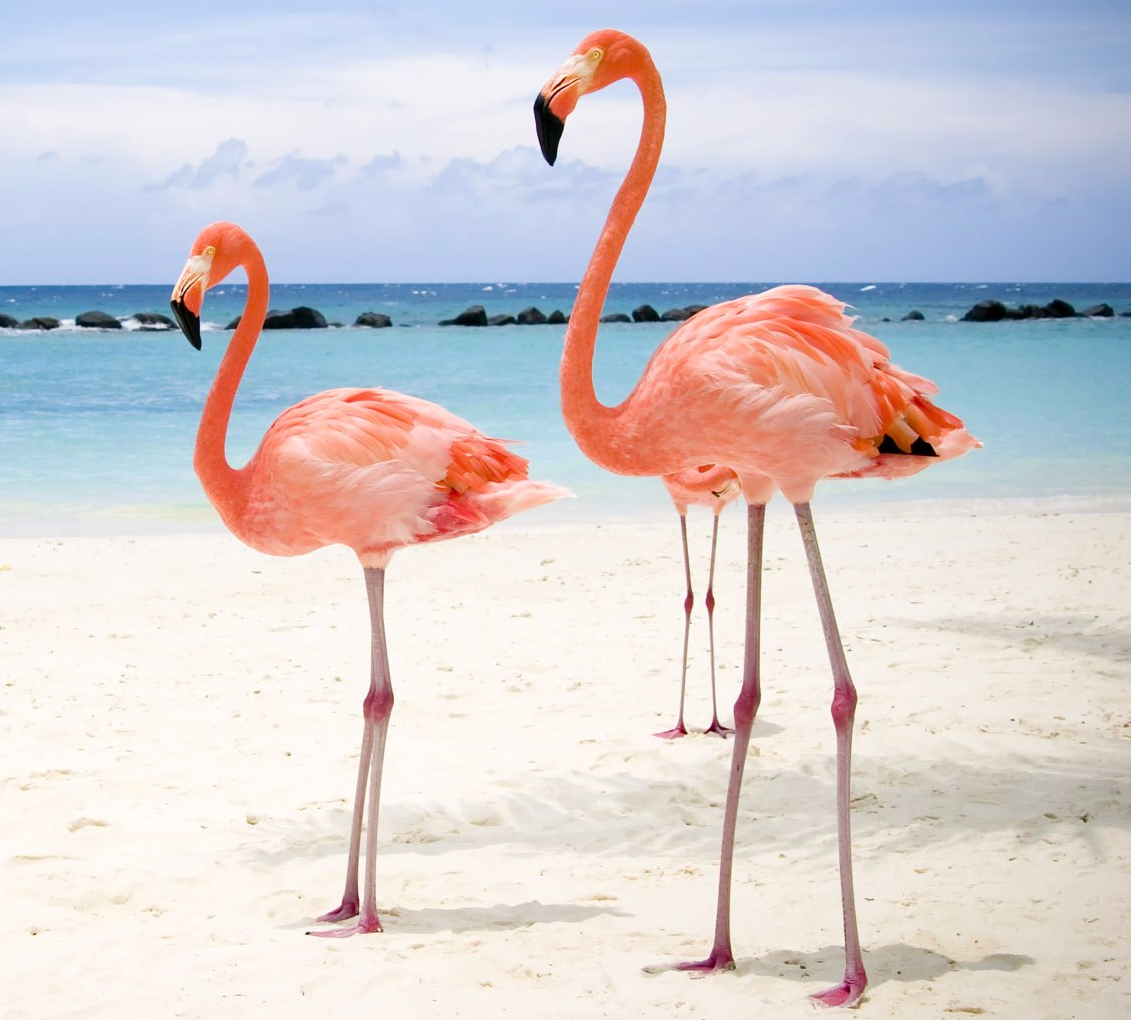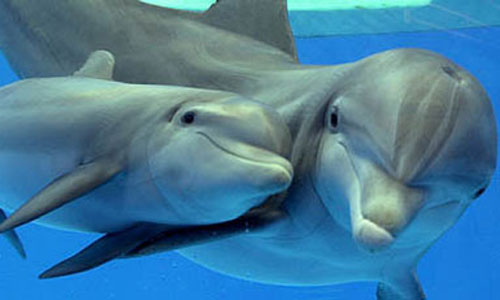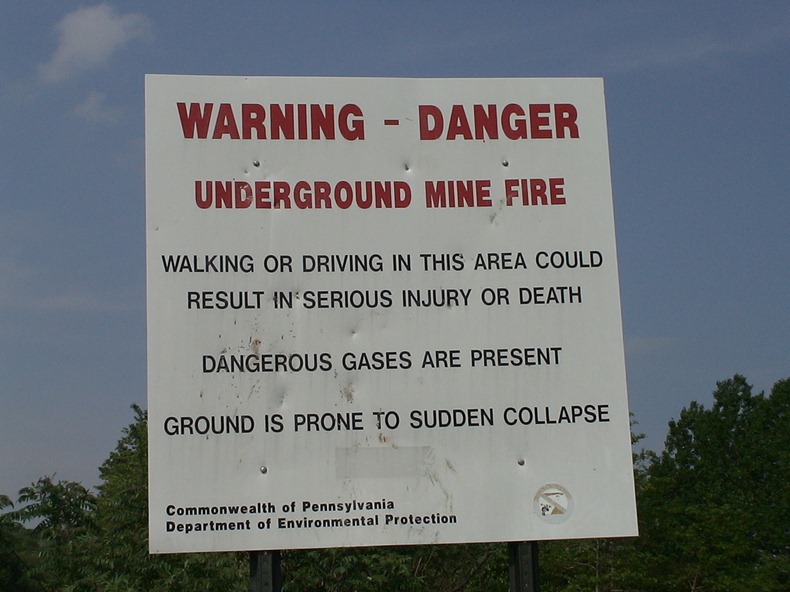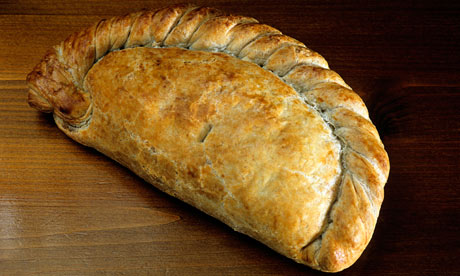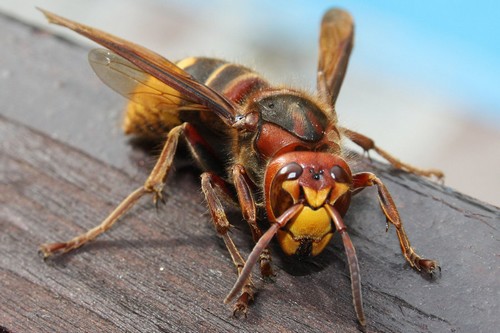
When he died in 1993, Pablo Escobar was one of the wealthiest men in the entire world. He made Forbes’ list of international billionaires for seven years straight. His drug empire was worth an estimated $30 billion and, by the end of the 80’s, he supplied 80% of the worlds cocaine.
With this wealth he owned an estate in Antioquia in Columbia. This estate held a private airport, a bullring, a cart racing track, sculpture garden, a collection of dinosaur skeletons and a private zoo filled with various exotic animals including elephants, zebras, giraffes and four hippos, three females and one male.


